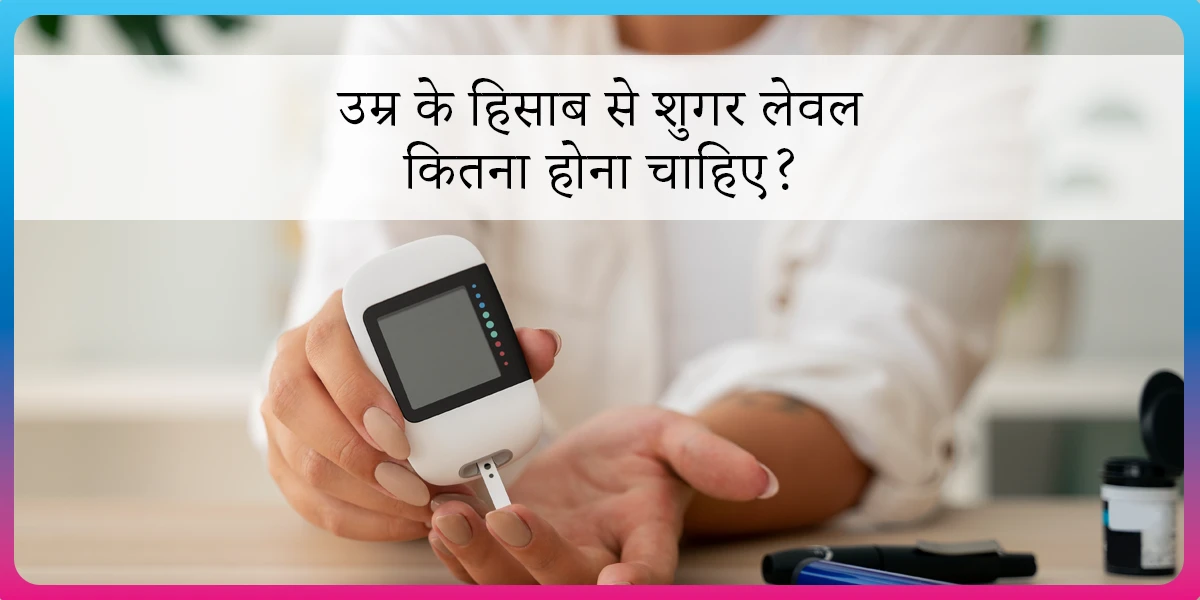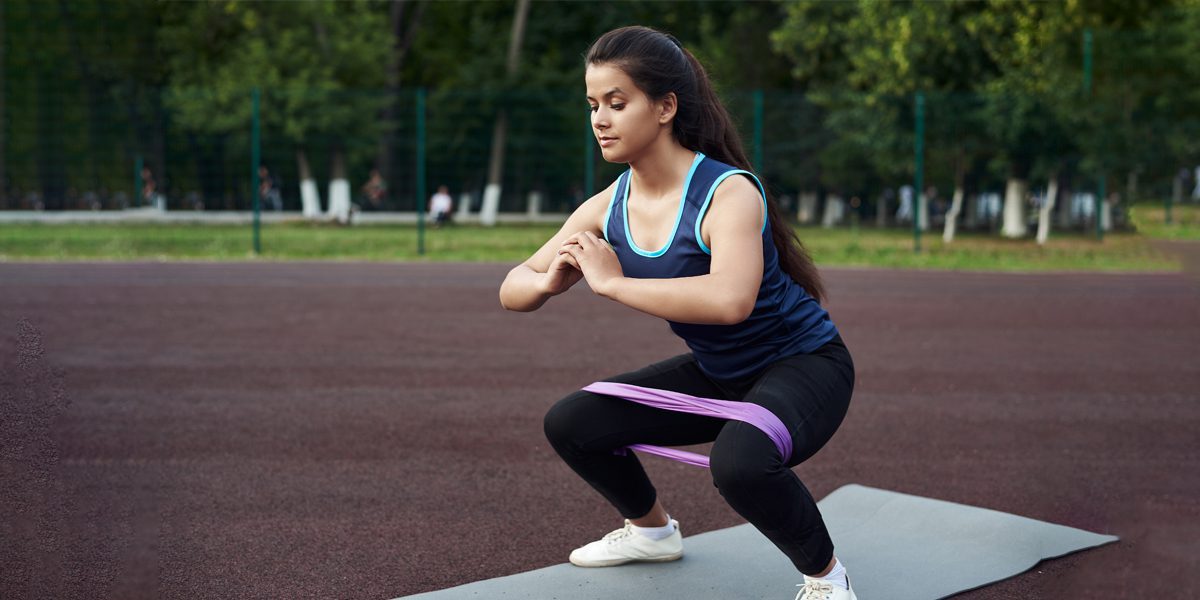5 Tips to Prevent Diabetes Foot Ulcers During the Rainy Season

If you or your loved one is struggling with diabetes, it is extra important to take care of your feet during the monsoon season.
Monsoon can bring along weeks and months of wet, rain-drenched weather, and for those with diabetes, it can bring added concerns regarding the health and hygiene of your feet.
Foot problems are quite common in those with diabetes, especially if there is a lack of proper care. When there are high levels of blood sugar over a prolonged period of time, it can damage the nerves and lead to a condition known as diabetes neuropathy. This can lead to a tingling sensation in the feet, numbness, pain and even loss of feeling in the feet.
Those with diabetes also take a longer time to heal from wounds or injury, leading to ulcers and infections. This is why it is so important to take extra care of your feet during the rainy season.
What are foot ulcers?
Foot ulcers often develop at the ball of the feet or at the bottom of the big toe. In most cases, these happen due to ill-fitting footwear. Foot ulcers are especially common in those with diabetes.
5 tips to prevent diabetes foot ulcers in monsoon
Check out these tips to take care of your feet especially during the wet rainy months:
1. Wear shoes that fit well
- When you have diabetes, it is important to wear shoes, slippers or sandals that fit your feet well.
- Make sure that the footwear you use is neither too tight nor too loose. If they are too tight, they can hamper the circulation of blood. If they are too loose they can lead to wrinkles and develop into foot blisters.
- The right fit and size of footwear will ensure that you have lesser chances of developing blisters and you will not feel any pressure on your feet.
2. Keep your feet dry
- We understand that it is not always possible to completely avoid going out during the rains, and chances are, your feet will get wet.
- One of the first things you can do to avoid getting your feet exposed to water as much as possible is to wear comfortable gumboots, or wear closed shoes that are meant for the rainy weather. This can help keep the water off your feet.
- Once you are home, immediately take off the socks to avoid any chances of infection. In fact, it is best to avoid wearing socks during the rainy months, but if you have to, take them off as soon as you reach home. Alternatively, you can keep a few pairs of extra socks with you so that you can change into dry socks during the day, as and when needed.
- Once you are home, wash your feet with warm clean water and soap and pat them dry.
- Ensure you dry the skin between the toes and carefully dry the heel area.
- Check with your doctor if you can use any antibacterial and antifungal foot powder during the rainy months.
3. Inspect your feet daily to check for any signs of infection
- Whether it is the rainy season or not, and especially during the rainy season, make it a habit to inspect your feet at least once every day.
- Look around the overall skin of the feet and also carefully look at the skin between the toes and around the ankle area.
- Check for any signs of redness, cracks or any new spots or welts that may have come up. If you notice any of these, speak to your doctor immediately and schedule an appointment to get your feet examined.
4. Take extra care of your toenails
- While you are taking care of the skin on your feet, do not forget that your toenails need special care and attention too.
- Fungal infection is very common in the skin around the toe nails, and it is even more common in people who have diabetes.
- Inspect your toe nails regularly and ensure you trim them at regular intervals to avoid any breeding of bacteria.
- Trim your toenails carefully but make sure that you do not cut them too short, as it could damage the nail bed.
- If you have very thick toenails, you can check with your doctor about the right way of trimming or cutting them to avoid injury or infection.
- Avoid cutting right into the corner of the toes. In case you have ingrown toenails, schedule an appointment with your doctor immediately, as, if left untreated, it can lead to infection and injury.
5. Regularly monitor your blood sugar levels
- When you have diabetes, it is very important to make sure that you regularly monitor your blood sugar levels to ensure that your overall health is in good shape.
- Keeping your blood sugar levels within the desired range is a very important step in taking care of your feet when you have diabetes.
- Your feet are often the first part of your body to get affected when you have poor diabetes control.
- To be on the safer side, schedule regular appointments with a foot care specialist to ensure that your feet are in the best of health.
Basic hygiene and care is all it takes to ensure that your feet are happy and healthy even with diabetes, especially during the rainy months. Follow the above tips daily to ensure your feet are in good shape. If you notice any changes in your feet or feel any discomfort, do speak to your doctor and get your feet inspected at the earliest.
This blog provides general information for educational and informational purposes only and shouldn't be seen as professional advice.












